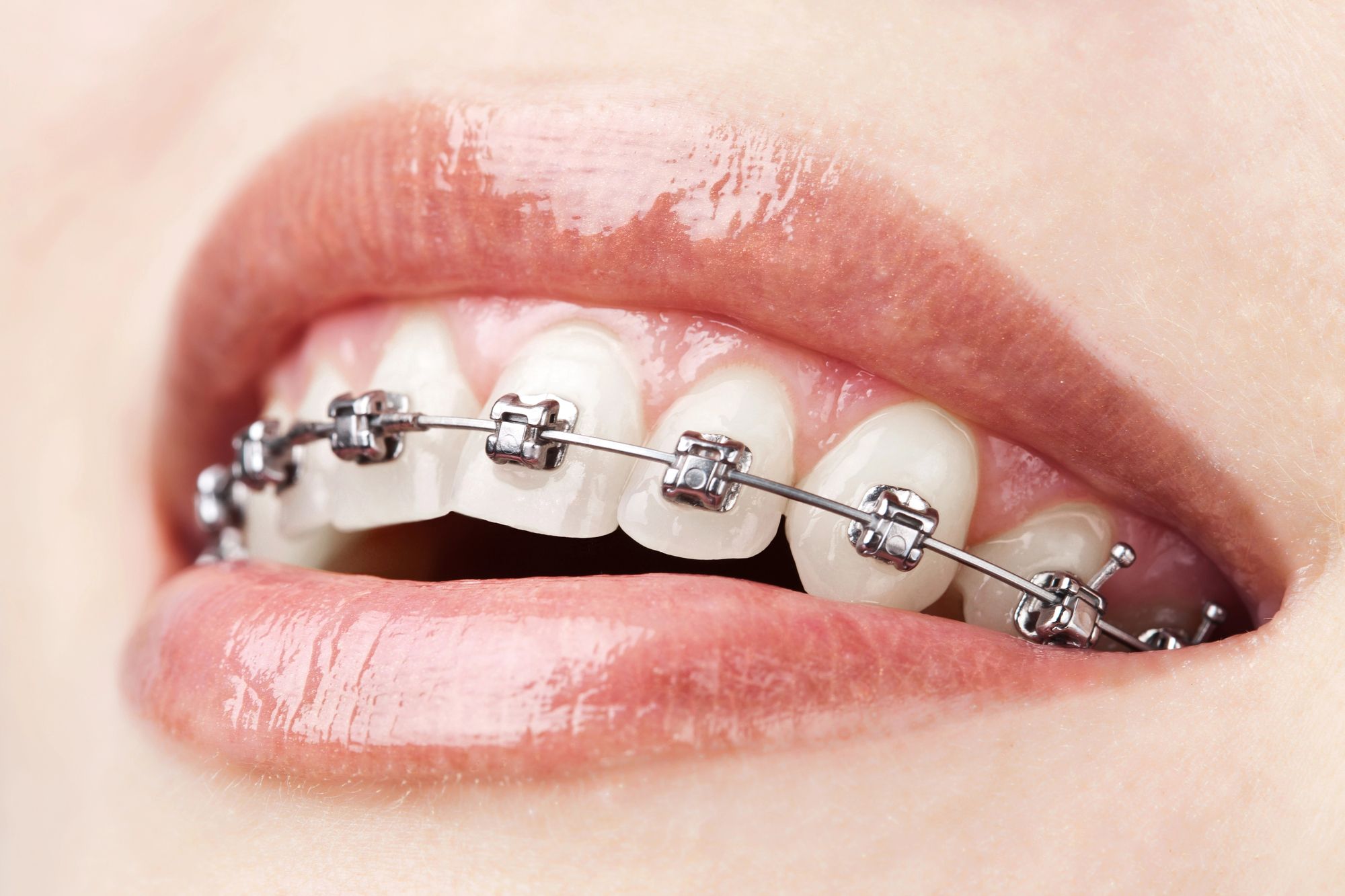
Straightening Smiles Through Time: A Brief History of Braces
From ancient civilizations to modern orthodontics, the quest for a perfect smile has been a journey marked by innovation and determination. Today, dental braces are a common sight, but their evolution over millennia is a fascinating tale of ingenuity and dedication to dental health. Here, Dr. Wint Tun gives you a brief history of braces to help you appreciate how far this treatment has come.
Not interested in a brief history of braces? No worries! Patients living in Tomball, Spring, and The Woodlands, TX, can learn more about their orthodontic options by contacting Dr. Wint Tun at Harmony Orthodontics. Dial (832) 699-3683 to reserve your consultation today!
Ancient Beginnings
The earliest records of attempts to straighten teeth date back thousands of years. Indeed, archaeologists have discovered mummies with metallic rings wrapped around individual teeth, suggesting crude attempts at orthodontic treatment.
These early methods lacked sophistication but demonstrated an early understanding of the importance of dental alignment.
18th and 19th Century Innovations
It wasn’t until the 18th century (that’s the 1700s) that significant progress was made in orthodontics. A French dentist by the name of Pierre Fauchard is most frequently hailed as the father of modern dentistry and orthodontics.
In 1728, Fauchard published “The Surgeon Dentist,” a comprehensive work that included techniques for straightening teeth using a device called a bandeau. This appliance consisted of a metallic strip fashioned to fit around the teeth and was used to close gaps and correct misaligned teeth.
Fast forward to the 19th century (that’s the 1800s), and orthodontic techniques continued to evolve. Dentists experimented with various materials (including gold, platinum, and even rubber) to create braces and wires for tooth alignment. However, these early braces were often quite uncomfortable and not particularly efficient, leading to limited adoption.
The Birth of Modern Orthodontics
The turning point in orthodontic history came with the development of the modern concept of braces in the early 20th century (that’s the 1900s). In 1915, Dr. Edward Angle, who competes for the title of “father of modern orthodontics,” introduced the first orthodontic textbook.
But that’s not all Angle contributed to modern orthodontia. In fact, Dr. Angle pioneered many orthodontic techniques, including the use of braces with brackets affixed to the teeth.
The 1970s: The Era of Stainless Steel Braces
One of the most significant advancements in orthodontics occurred in the 1970s with the introduction of stainless steel braces. These braces were more durable and efficient than their predecessors, making orthodontic treatment more accessible to a wider population.
Additionally, the use of stainless steel allowed for the development of smaller, less conspicuous brackets, improving the aesthetics of braces.
The Rise of Clear Aligners
In recent decades, there has been a growing demand for orthodontic treatment that is both effective and aesthetically pleasing. This demand has led to the development of clear aligner systems, such as Invisalign®.
Unlike traditional braces, clear aligner systems are removable and practically invisible. This is why they have become increasingly popular among adults seeking sensible orthodontic treatment.
Consult an Orthodontist in Tomball, TX, Today
While this is just a brief history of braces, we’re sure you have more questions about what this treatment means for you and your smile. You can always dial (832) 699-3683 to gather more information from the team at Harmony Orthodontics, but a consultation is the best way to learn more about braces. So, schedule your appointment with Dr. Wint Tun on our website to get started now!